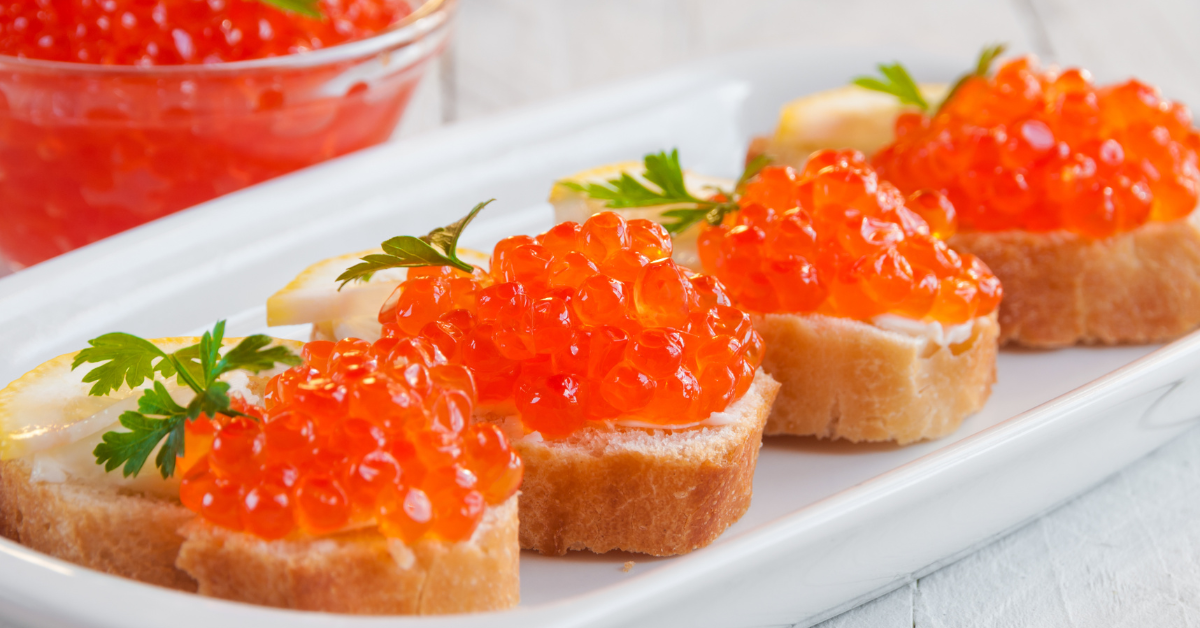
Caviar, often associated with indulgence and luxury, consists of tiny black pearls that grace dishes like blinis and oysters at upscale restaurants and sophisticated cocktail parties.
But not all caviar is created equal.
The options span a wide range, from the prized beluga harvested from ancient sturgeon in the Caspian Sea to the more affordable American Hackleback sturgeon and trout roe.
We'll explore the differences between the major types of caviar fish to help you make the best choice for your budget and palate.
What is Caviar?
Technically speaking, caviar refers only to the salt-cured roe of sturgeon from the Caspian and Black Seas. However, the term has come to encompass the roe of other fish like salmon, trout, lumpfish, and paddlefish. Caviar varies in flavor, texture, size, and color based on factors like the fish species, its diet, and how it was processed.
The finest caviars have a refined, elegant flavor and firm yet delicate texture. More affordable versions offer excellent value but may have a stronger fish taste and slightly less refined texture.
Sturgeon Caviar: The Classic Choice
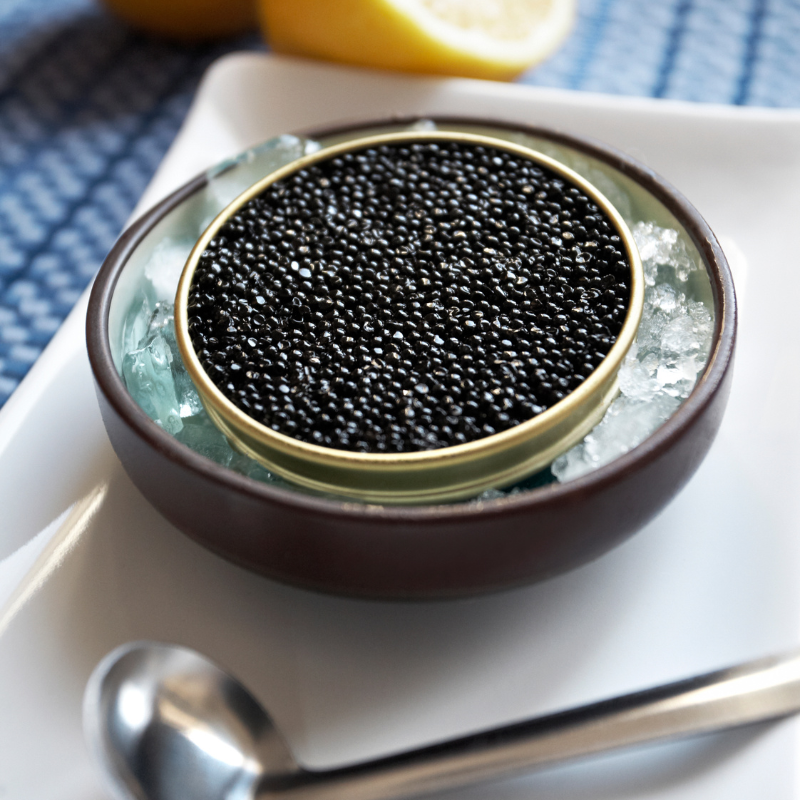
Sturgeon caviar has traditionally been considered the finest due to the fish's unique biology. Sturgeon can live for decades, slowly maturing and accumulating fat that lends the eggs their prized texture and flavor. The historic stalwarts are beluga, sterlet, osetra, and sevruga from the Caspian Sea. But overfishing led countries like the US to farm their own native sturgeon. American caviar varieties such as Hackleback and White Sturgeon provide quality at a more affordable price. Sturgeon caviar, with its refined, nutty flavor and delicate pop, varies in bead size depending on the species.
Salmon Caviar: A Popular Alternative
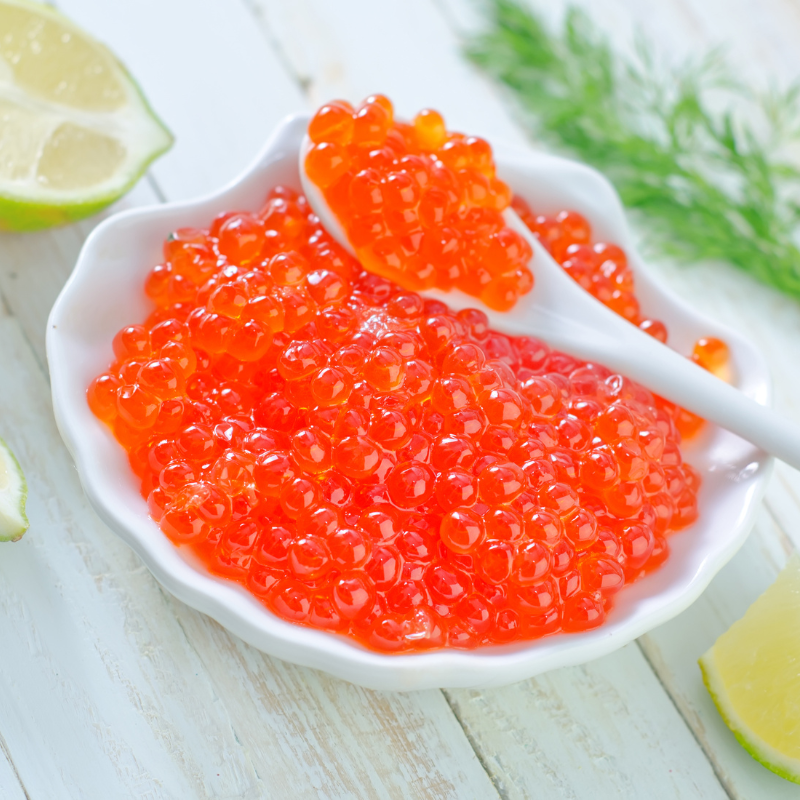
Salmon caviar comes from multiple salmon species like Chinook, Sockeye, Coho, and Pink. Its vibrant orange-red hue and smaller egg size make it instantly recognizable. Salmon fish roe has a brighter, more intensely fishy flavor than sturgeon caviar. It's also cheaper and widely available from Alaska, Canada, and other salmon fishing grounds. Salmon caviar works beautifully as a garnish or in sushi. Its bold flavor profile also makes it an excellent pairing with smoked salmon. Due to its affordability and eye-catching color, salmon caviar is a popular gateway into the world of caviar.
Smoked Trout Caviar: An Unexpected Delight
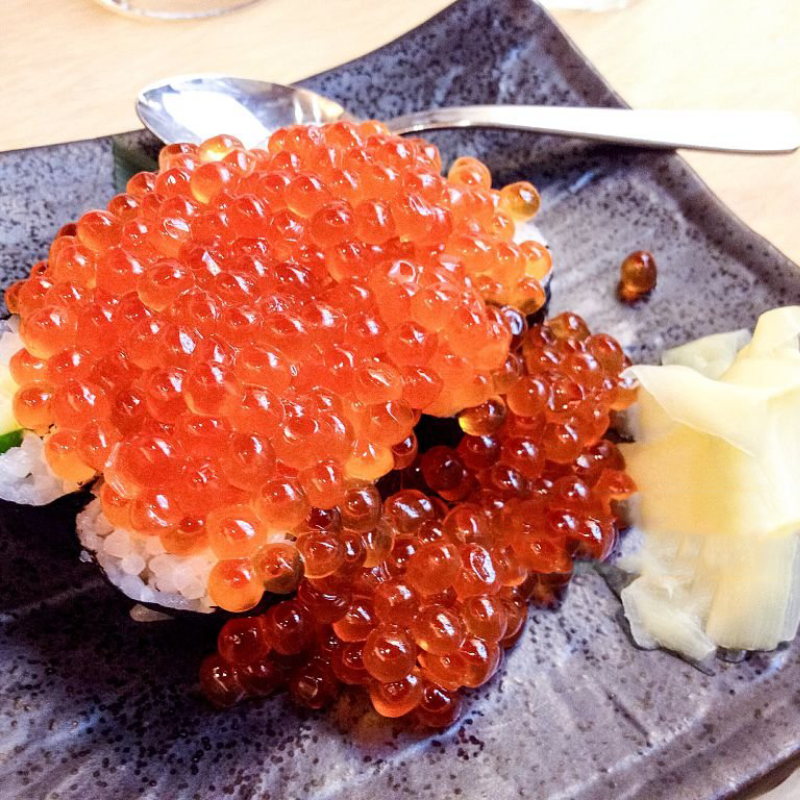
Smoked trout caviar offers a delightfully unexpected twist on traditional caviar. The large, firm beads have a subtle smoky aroma and pleasantly salty-sweet flavor. They pop gently when eaten, releasing a rich, creamy texture. The caviar's orange-pink hue looks stunning on blinis or crackers. And its affordable price makes it accessible for everyday indulgence. Smoked trout caviar provides a gateway to premium caviar enjoyment without the sticker shock.
A Closer Look at White Stone's Smoked Trout Caviar
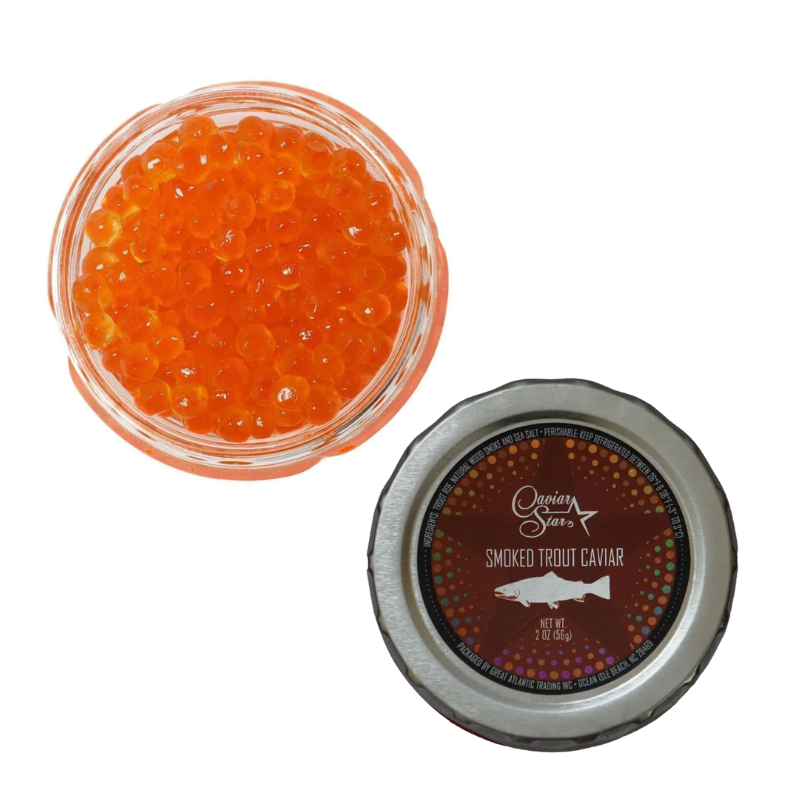
White Stone Oysters' smoked trout caviar has won acclaim for its outstanding flavor and quality. Our caviar starts with fresh trout roe harvested from the clean, cold waters of the Pacific Northwest. The roe is then naturally smoked, producing caviar with a refined smoky essence.
Reviewers praise our caviar for its delicate saltiness, smooth texture, and well-balanced smoky taste. The beads are a beautiful deep orange color. Our smoked trout caviar is perfect for serving at parties, adding to canapés, or enjoying solo for an everyday caviar experience. It captures the essence of gourmet caviar at a fraction of the price.
The Art of Choosing the Best Caviar: Factors to Consider
Selecting caviar involves balancing flavor, texture, color, and bead size with personal taste. Subtle aficionados may prefer Osetra's refined nuttiness. Those seeking intensity will enjoy salmon caviar's bold fish flavors. Smaller beads like sevruga and sterlet offer delicacy, while larger pearls like beluga and Kaluga provide a luxurious mouthfeel.
Caviar ranges from pale golden to jet black. Pairing it with accouterments like crème fraîche, egg yolks, vodka, or champagne enhances the experience. With diverse options for every palate, caviar is ultimately a personal taste to savor.
Frequently Asked Questions
What is the difference between caviar and roe?
Caviar refers specifically to the salt-cured roe of sturgeon and other select fish like salmon or trout. Roe describes the raw eggs from any fish before curing. All caviar starts as roe, but not all roe becomes caviar. Proper curing with precise temperature and salt content transforms roe into the delicate treat we know as caviar.
How should caviar be served and eaten?
Caviar is best served chilled, between 26-34°F. It is traditionally presented in a caviar mother-of-pearl spoon, placing a small amount on the back of the hand to enjoy the taste and texture. Caviar should be consumed simply, with plain crackers or blinis and accouterments like crème fraîche, hard-cooked egg yolks, minced onion, and lemon wedges.
What makes caviar so expensive?
Caviar's exorbitant price stems from the rarity of the fish that produce it. Sturgeons are long-lived, taking 15+ years to reach maturity. This makes caviar production extremely limited. Strict regulations to prevent overfishing also constrain supply. Processing and care are labor-intensive. Transporting the fragile eggs requires precision. These factors make caviar one of the world's most sought-after luxuries.
← Older post Newer post →
